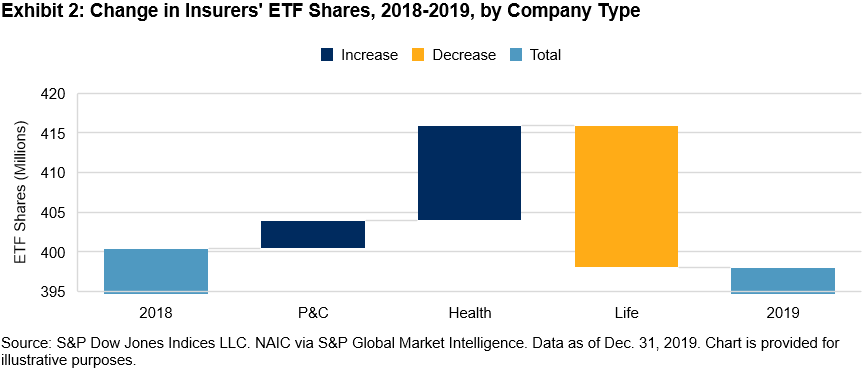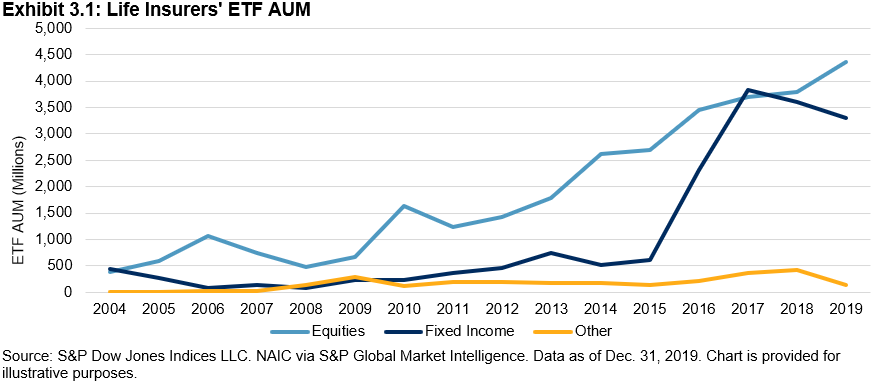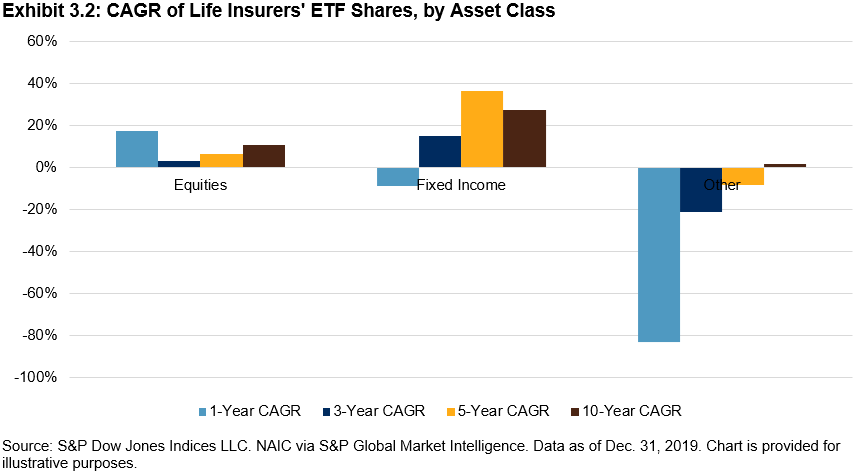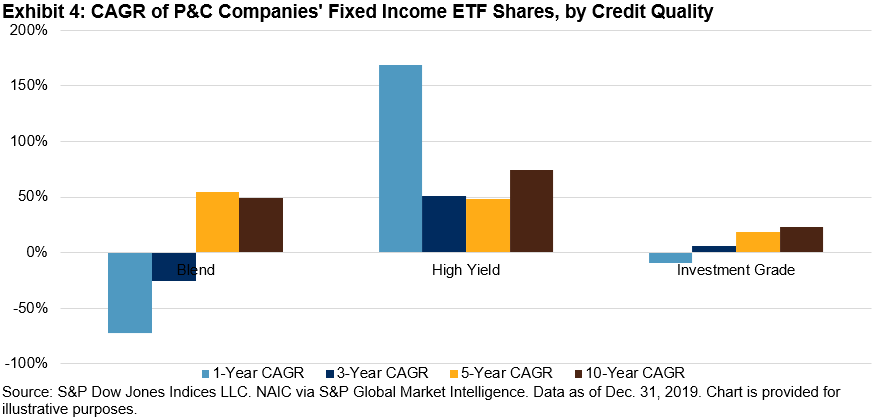The SPIVA® Canada Year-End 2019 Scorecard was released recently. Despite the strong performance of broad equities, 2019 proved to be yet another challenging year for active funds in Canada. Here are a few highlights from the report.
Strong Market Performance Did Not Translate to Active Fund Outperformance
The S&P/TSX Composite posted its highest annual return (22.9%) since 2009, ending a decade-long bull run that saw a total gain of 94.9%. Amid this historic bull market, however, 92% of Canadian Equity funds underperformed their benchmark in 2019 and 86% underperformed over the past decade.
Similarly, smaller-cap names in the S&P/TSX Completion gained 26.1%, setting a high bar for active managers to surpass—84% of Canadian Small-/Mid-Cap Equity funds underperformed the benchmark. However, over the long term, this was the best-performing category relative to the benchmark—30% of managers outperformed in the past decade.
International Equity Funds Fared Better, but Not in the Long Term
Funds with a more international flavor did better in 2019 than their domestic counterparts. International Equity funds performed the best across all categories, with 57% underperforming the S&P EPAC LargeMidCap. Longer-term results continued to disappoint, however, as 85% of International Equity funds underperformed over the 10-year period.

Larger Funds Outperformed Smaller Funds in Most Categories
Across the seven fund categories and four investment horizons studied, 23 of the 28 results showed higher asset-weighted returns than equal-weighted returns, indicating that larger funds outperformed smaller ones in general.

Conclusion
Some market participants may hope that they are able to find outperforming active managers. Our SPIVA scorecards continue to highlight the difficulties of beating the benchmarks, and Canadian active funds are no exception.
The posts on this blog are opinions, not advice. Please read our Disclaimers.























































